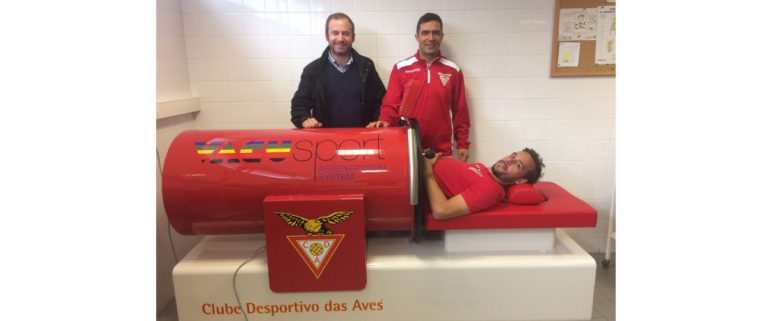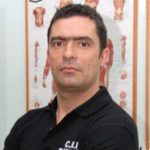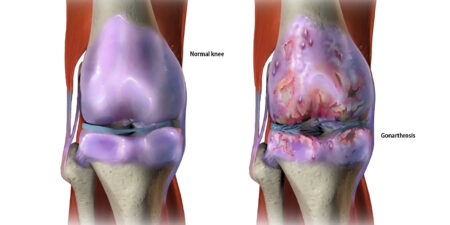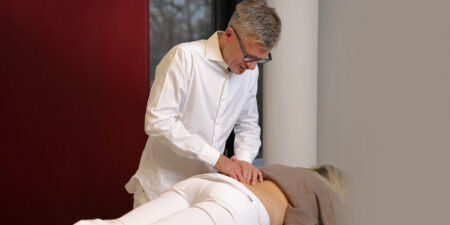Using intermittent positive current and negative current (IVT) vacuum therapy for muscle injuries.
Approximately 30% of injuries in professional football are due to muscle problems, resulting in about 27% of playing time lost due to injury [1]. An average of 6 muscle injuries per 10 player per season on a 25-player team means approximately 15 muscle injuries per team during the season. Up to 97% affect the lower limbs, mainly the hamstrings (37%), adductors (23%), quadriceps (19%) and leg muscles (13%) 1. Due to the heterogeneity of lesions and in some cases to internal hematoma / edema, the correct application of measures to reduce peripheral swelling / vasoconstriction is particularly important. In this paper, the authors present a practical case study involving the daily use of intermittent vacuum therapy (IVT) in an athlete with muscle injury. Other usual therapies in muscle injuries have also been used.
METHOD OF APPLICATION
IVT applies alternating negative pressure (vacuum) with positive pressure on the lower limbs to the abdominal region, as a way to increase capillarization as well as venous and lymphatic return. The central nervous system is also stimulated by the application of this technique. As no direct compression is involved, the treatment is completely painless regardless of the injury or its stage. The main applications of the VACUMED® Flow Regeneration System, developed at the German Aerospace Center (DLR), are cardiovascular stimulation and revascularization. IVT is also recognized as a modern and economical form of treatment for lymphedema and cellulitis.
The procedure is also used differently to promote post-traumatic and postoperative rehabilitation (VACUSPORT® device) and, for several years, has been used very effectively for traumatic sports injuries. When the vacuum pump is on, a pressure difference is generated with the lower pressure in the legs compared to the free upper limbs of the chamber. This leads to an increase in blood flow in the lower part of the body thus optimizing circulation in this area of the body.
SAMPLE
Group of 8 athletes, with latic acid measurement at rest, 30 minutes before a strength training. After 75 minutes of strength training, they were reevaluated in the 5 minutes following the end of the training, with lactate levels significantly increased. After lactate measurement they were subjected to intermittent Vacusport therapy for a period of 45 min. This program was carried out during 6 training sessions in one week. With each passing day the lactate level was dropping significantly, and the big gains were when the treatment was performed at Vacusport where lactate levels dropped significantly to the point of being shorter than in the rest period. With this we were able to reduce the fatigue threshold and reduce the number of injuries, and to date no muscle injury has occurred.
PROCEDURE
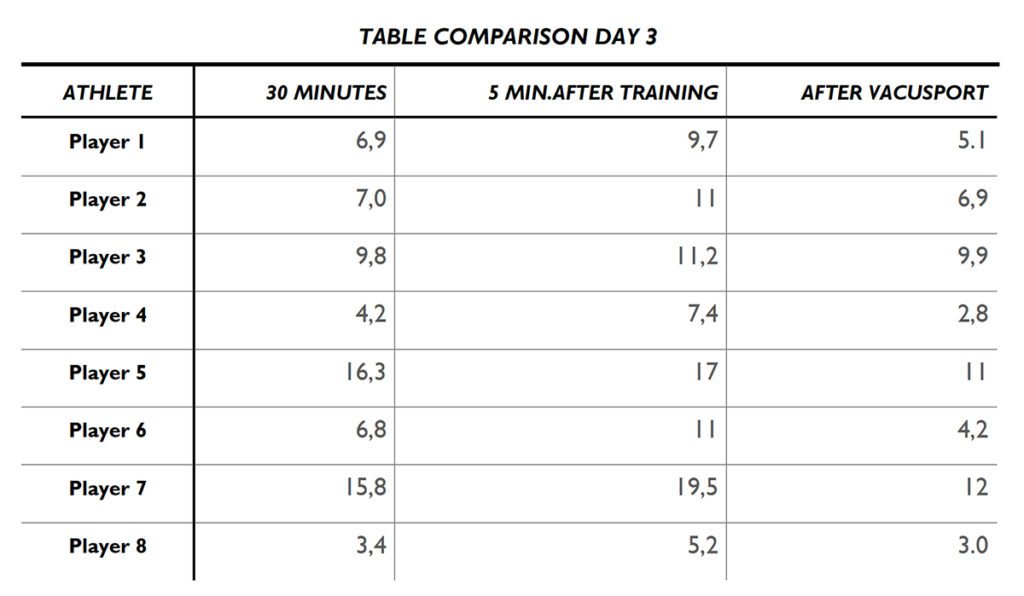
DISCUSSION/CONCLUSION
Although there is as yet no scientific evidence or literature to prove the efficacy of this therapy in the removal of lactic acid, we have been able to present and demonstrate very interesting results, which should be studied, since it is clearly defined that Vacusport intermittent therapy is a an interesting and efficient tool in the removal of lactic acid, thus being able to delay the onset of fatigue and consequently prevent any overuse muscle damage.
Autoren
PROFESSIONAL EXPERIENCE
659 Games in First League Soccer Portugal
2020/2021
Physiotherapist / Physical Recuperator at Varzim S.C.
2015-2020
Physiotherapist / Physical Recuperator at C.D. Aves
2004–2019
Physiotherapy Technician / Physical Recuperator
Centro de Recuperação Física Pimas, Lda - Trav. Dr. António Ramos de Almeida, 58 -
Vila do Conde www.crfpimas.pt
2015/2016
Physiotherapist in Real Madrid
2013-2015
Physical Recuperator/ Physiotherapy at Varzim S.C Varzim Sport Club Stadium –
is Doctor of the Grupo Esfera Saude, being technical director of the Famalicão Unit,
Technical Director of SCM Amarante UCC and responsible for the Medical Department of the Clube Desportivo das Aves, Portugal.
